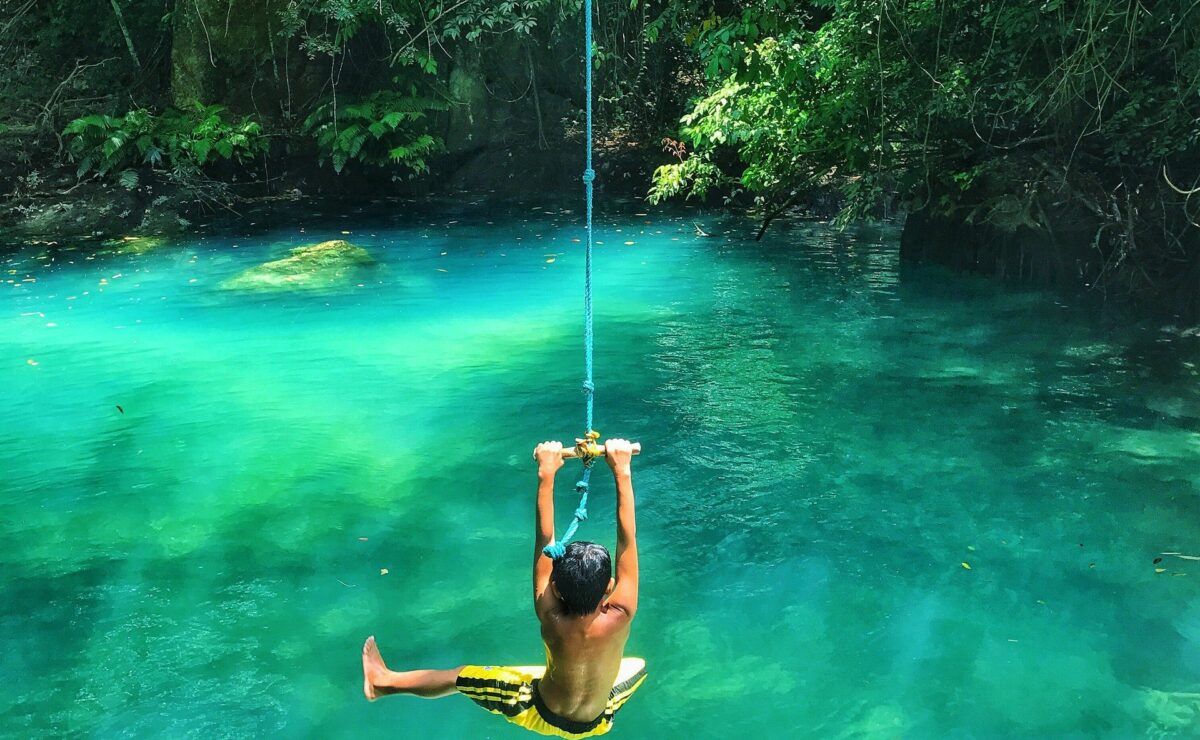Nothing beats floating in a picturesque swimming hole near a waterfall. Swimming pools simply can’t compare to the serenity found in natural swimming spots. While wild swimming can be fun, it’s important to make sure a swimming hole is safe before you jump in. Unfortunately, factors like pollution and currents can sometimes put swimmers in danger. Before diving into the water, keep yourself safe with these swimming hole safety tips.
How to tell if a swimming hole is safe
Many conditions affect whether or not a swimming hole is safe. Pollution may come to mind first when considering water safety — after all, no one wants to wade through sewage. In the United States, agencies often test the water at some swimming holes to ensure they are safe for swimming. Searching a swimming hole’s name online will likely return resources on whether or not the area is safe for swimming. If the internet returns no useful information, there are also some water testing kits you can buy to evaluate for yourself. Look for a kit with information on bacteria levels, as this is a helpful indicator for water safety.

Additionally, you can use your senses to help determine a body of water’s safety. Check for water with an oily sheen, strange smell, or dead fish — these can all point to polluted water. Even if an area’s water seems clean, exercise caution by not putting your head underwater, swimming after a heavy storm, or jumping in with open wounds.
Swimming hole safety tips
Aside from pollution, swimming holes can pose a few other dangers. Some safety tips, such as not swimming alone or under the influence, apply to all bodies of water but are occasionally forgotten in the excitement of wild swimming. Be mindful of basic swimming safety before dipping your toes in the water. First aid and rescue equipment is also good to keep on hand.
Safety rules specifically for swimming holes include keeping an eye on the weather and checking the water’s depth and speed. Deep waters can overwhelm even experienced swimmers, as can fast currents. Natural swimming spots often also host local wildlife, so keep an eye out for any creatures nearby. Avoid water surrounded by snakes and leeches, and check yourself for ticks after returning home after a swim.
